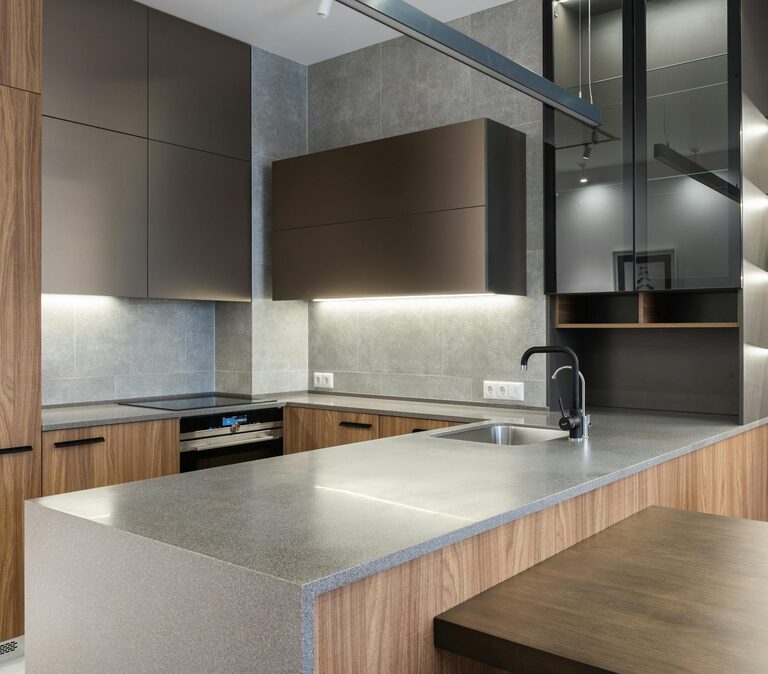Creating a calm and quiet environment at home can significantly improve your well-being, concentration, and overall comfort. Whether you live in a busy urban area or a lively household, reducing noise levels inside your home is achievable with a few simple adjustments. In this post, we’ll explore practical ways to reduce noise at home without major renovations or expensive equipment.
Why Reducing Noise at Home Matters
Noise pollution can affect your mood, productivity, and even your sleep quality. By reducing unwanted sounds within your living space, you enhance your ability to relax, work, and enjoy time with family. Whether you’re dealing with sounds from outside traffic, noisy neighbors, or household members, some straightforward strategies can make a big difference.
Simple Ways to Reduce Noise at Home
1. Use Soft Furnishings to Absorb Sound
Hard surfaces like tile floors, bare walls, and windows reflect sound, amplifying noise. Adding soft furnishings can help absorb these sounds.
– Rugs and Carpets: Place rugs or carpets on floors, especially in rooms with hard flooring. Thick area rugs reduce footsteps and echo.
– Curtains and Upholstery: Heavy curtains over windows can block outside noise. Similarly, upholstered furniture softens sound reflections inside the room.
– Cushions and Throws: Scatter cushions or throws on your sofas and chairs for added sound absorption.
2. Seal Gaps and Cracks
Noise can enter your home through small gaps around windows, doors, and walls.
– Weatherstripping: Install weatherstripping around doors and windows to close gaps that let noise in.
– Door Sweeps: Add door sweeps to the bottom of doors to block sound passing underneath.
– Caulking: Seal cracks in walls, around window frames, or where walls meet floors using acoustical caulk.
3. Rearrange Furniture Strategically
Furniture placement can influence how sound travels in a room.
– Create Sound Barriers: Arrange bookshelves, wardrobes, or large pieces of furniture against walls that face noisy streets to help block sound.
– Soft Furniture Near Noise Sources: Position sofas or padded chairs near windows or doors where sound enters.
4. Add Soundproofing Panels or Hangings
There are decorative and affordable options for soundproofing without construction.
– Acoustic Panels: These panels are designed to absorb sound and reduce echo. They come in various styles and sizes and can be mounted on walls or ceilings.
– Wall Hangings and Tapestries: Thick fabric wall hangings or tapestries add a layer that absorbs sound waves.
– Bookshelves Filled with Books: A fully stocked bookshelf also serves as a sound buffer.
5. Use White Noise or Sound Machines
Sometimes masking noise is more effective than eliminating it.
– White Noise Machines: These devices produce consistent, gentle sounds that can mask disruptive noise.
– Fans or Humidifiers: Common household appliances like fans emit soothing background noise.
– Apps and Music: Various apps offer ambient sounds or music designed to drown out unwanted noise.
6. Maintain Your Home Appliances
Sometimes the noise inside comes from your own appliances.
– Check and Service Appliances: Noisy HVAC systems, refrigerators, or washing machines can increase your indoor noise level. Regular maintenance can reduce their sound output.
– Place Appliances Strategically: Position loud appliances away from living or sleeping areas if possible.
7. Improve Window Quality
Windows are often a major source of noise infiltration.
– Double or Triple Glazing: While this may require investment, upgrading to double or triple-glazed windows significantly reduces noise transfer.
– Window Inserts: Removable acrylic or glass inserts can be added to existing windows for extra soundproofing.
– Keep Windows Closed: On very noisy days, keeping windows shut minimizes noise from traffic or neighbors.
8. Use Door and Window Treatments
In addition to heavy curtains, other treatments can help.
– Soundproof Curtains: These are specially designed thick, dense curtains that block more noise than regular drapes.
– Window Films: Certain films can improve insulation and reduce sound slightly.
9. Establish Quiet Zones
Create dedicated quiet spaces in your home where noise is minimized.
– Choose Rooms Away from Noise Sources: Use spaces furthest from busy streets or household activity for work or relaxation.
– Set Rules for Noise Levels: In shared homes, establish quiet times or zones to keep noise low during certain hours.
Final Thoughts
Reducing noise at home doesn’t have to be complicated or expensive. Simple steps like adding rugs, sealing gaps, rearranging furniture, and using heavy curtains can create a noticeably quieter and more pleasant living space. For greater noise reduction, consider combining several methods to address noise from different sources. Over time, you’ll enjoy the benefits of a peaceful home that supports rest, focus, and relaxation.
Try these tips and notice how your home environment transforms into a calm retreat from daily noise.

